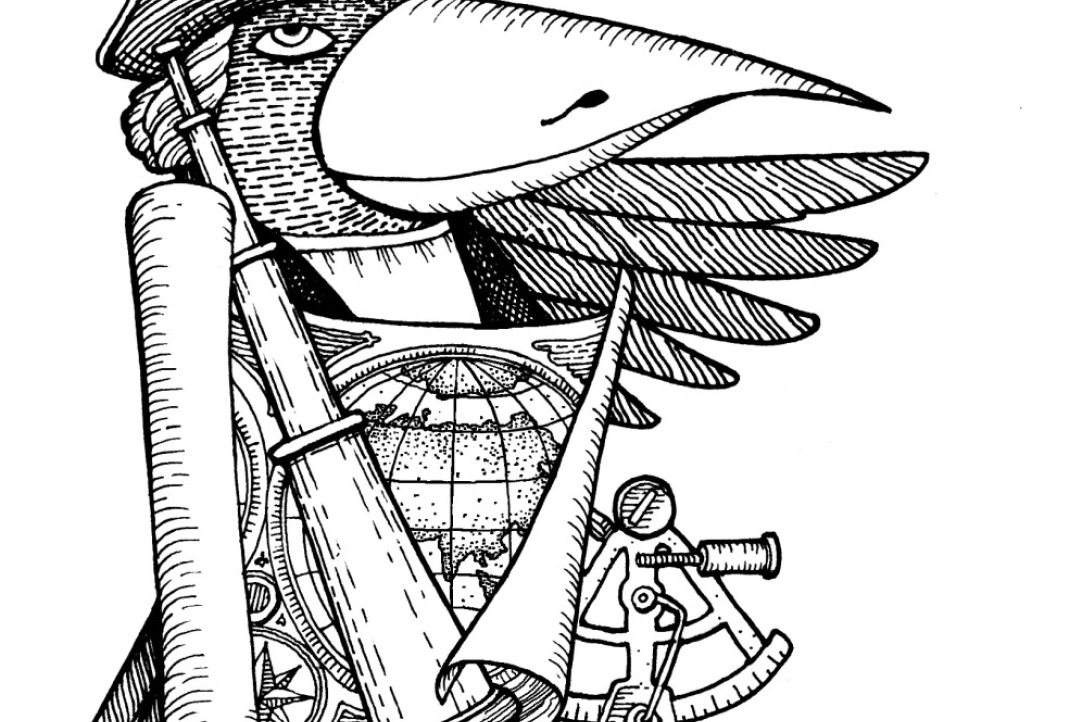Discovering HSE and Russia: Moscow's hot tropical rhythms

In addition to interviews with international faculty, The HSE Look has launched a column about their life in Russia, what they discover in different cities, and interesting venues at HSE and beyond. If you have an interesting experience to share, please contact us at ifaculty.support@hse.ru. In this issue, we present a column by Mahama Tawat, Assistant Professor at the School of Sociology, Faculty of Social Sciences. His research interests include migration policy, social policy, and public management reforms.
Moscow's hot tropical rhythms
Moscow is known for its urban sprawl, expansive parks, picturesque metro and cold winters. What it is less known for is its hot dancing scene for tropical rhythms such as salsa. As a music aficionado, this aspect of the city’s life has come most to my attention. There are dozens of clubs with names such as “Liberty”, “Malencon”, “Lima”, “Casa Agave”, “Pancho Villa”. You can name it. Any one of them is open every day of the week. Some even until the early hours of the morning. It makes it possible to go out and dance all the seven days of the week. During the summer, open air events gatherings with hundreds if not thousands of dancers in parks such as Gorki and Zaryadye add to the list. There are even more Afro-Latin dancing schools. Just a couple of years ago, there used to be a few well-known names. Now, it seems that each district of the capital has two or more dancing schools and new ones enter continuously the market. It starts even to feel like an over-supply.
Why is it so? A reason one can think of, is Russia’s long political connection with Cuba. Indeed, there has been a steady stream of Cuban artists coming here since the Castro Revolution. It may be that this prolonged contact has made many Russians sensitive to salsa. Moreover, after the end of the Soviet system and the advent of capitalism, young Cubans who come to Moscow and work as dance teachers can readily earn more money than in Havana. But a bigger and more compelling reason for me seems to be the existence of a large layer of the population that is open to foreign cultures.
I base my judgement on the warm embrace that two other rhythms outside Cuba have received: bachata and kizomba. The former comes from the Dominican Republic and the latter from Angola. They are relatively recent in their global outreach but are now played and taught alongside salsa at every turn. They are exclusive bachata and kizomba festivals, some of which last for several days and gather thousands of participants coming from all the corners of Russia. Kizzafro, one of the most popular festivals, has been held every spring in Moscow for six consecutive years. Furthermore, a similar trend has developed in other cities across Russia. There is, for example, the Hot Winter in Siberia Festival in Krasnoyarsk which takes place in the first week of January and is often attended by some of the big names in the world of salsa/bachata/kizomba music. It is common to see at these events a Russian flag flowing next to those of Cuba, Angola, the Dominican Republic or even Cape Verde, another African country where kizomba has evolved. This speaks of a patriotism which is divorced from nationalism. At least, not in the sense of the word that encourages people to undervalue other nationalities, hate those who look differently, have a different religion, or think differently. There is no doubt that these Moscovites love their city and their country. Yet they are able to open their hands to foreign people and cultures.
Read more articles in the full March 2019 issue of The HSE Look
Read other 'Discovering HSE and Russia' columns on the website